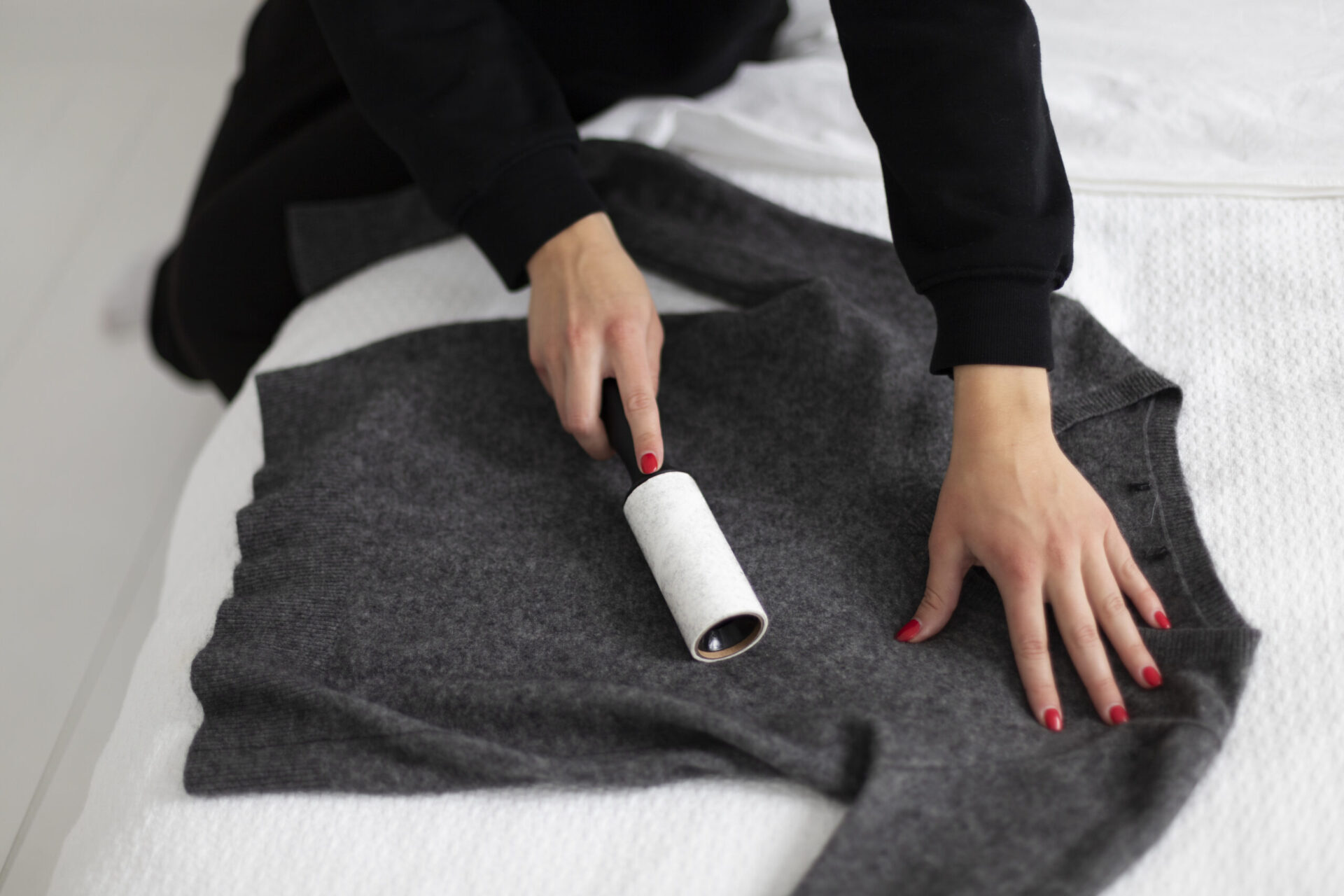Anti pilling is a textile treatment that enhances fabric quality by preventing the formation of small fiber balls, known as pills, on the fabric surface. Pilling often occurs due to abrasion during wear or laundering, which leads to a worn-out and unsightly appearance. With the increasing demand for high-quality and long-lasting garments, anti pilling has become an essential fabric finish in the textile industry.
This article will explore the definition of anti pilling, how it works, its benefits, and where it’s applied. We’ll also look at factors contributing to pilling and how anti pilling treatments combat these issues.
Understanding Fabric Pilling
Pilling is a common problem in both natural and synthetic fibers. It occurs when loose fibers migrate to the fabric surface and become entangled due to friction. Over time, these tangles harden into pills, affecting the look, feel, and performance of the textile.
Common Causes of Pilling
Friction: Repeated rubbing during wear or washing
Low fiber strength: Weak fibers break and entangle more easily
Fiber blends: Blending fibers of different lengths can cause uneven abrasion
Improper fabric construction: Loosely woven or knitted fabrics are more susceptible
What is Anti Pilling?
Anti pilling refers to a range of chemical and mechanical treatments applied to textiles to reduce or eliminate the formation of pills. These treatments alter the fiber surface, increase fiber adhesion, or add coatings that enhance abrasion resistance, ensuring the fabric maintains a smooth and clean appearance for longer periods.
How Anti Pilling Works
There are several methods used to achieve anti pilling properties in textiles. These include:
Chemical Finishes
Enzyme Treatment: Enzymes, such as cellulase, are used on cotton fabrics to break down protruding fibers that might pill.
Polymer Coatings: A thin film of polymers is applied to strengthen fiber bonds and reduce loose fibers.
Mechanical Processes
Shearing and Singeing: These processes remove surface fuzz and loose fibers by trimming or burning them off.
Compact Finishing: Increases fabric density to reduce fiber movement.
Fiber Engineering
Use of Longer Staple Fibers: Long fibers are less prone to pilling compared to short fibers.
Synthetic Fiber Modification: Engineering fibers with smoother surfaces or specific cross-sections to minimize friction.
Benefits of Anti Pilling Treatments
Enhanced Garment Appearance
Anti pilling fabrics maintain their original look and texture even after multiple washes and prolonged use.
Increased Fabric Durability
Treatments improve abrasion resistance and reduce fiber breakage, extending garment life.
Improved Consumer Satisfaction
Consumers prefer clothing that retains its aesthetic appeal and feels new for longer, leading to better brand loyalty.
Cost-Effective in the Long Run
Although initial costs may increase slightly, the long-term benefits outweigh the expenses due to reduced returns and complaints.
Applications of Anti Pilling in Textiles
Anti pilling is used across a wide range of textile products:
Apparel Industry
Casualwear: T-shirts, sweatshirts, and knitwear
Activewear: Sportswear needs to withstand frequent movement and washing
Children’s Clothing: High abrasion rates from play demand anti pilling fabrics
Rayon dresses, blouses, scarves—anti-pilling treatment keeps them looking fresh and wearable longer.
Home Textiles
Bed linens: Smooth, pill-free sheets are more comfortable
Upholstery: Furniture fabrics experience constant use and need better durability
Decorative rayon curtains or pillows benefit from maintained aesthetics and minimal maintenance.
Technical Textiles
Used in automotive interiors, outdoor gear, and uniforms to maintain professional appearance and structural integrity.
Best Practices for Maintaining Anti Pilling Fabrics
Even with anti pilling treatments, proper fabric care enhances longevity:
Gentle Washing
Use mild detergents and wash garments inside-out to reduce friction.
Avoid Overloading Washing Machines
Excessive rubbing between garments increases the chance of pilling.
Low Heat Drying
High temperatures weaken fibers and cause more pilling. Opt for air-drying or low-heat cycles.
Innovations and Trends in Anti Pilling Technologies
With growing interest in sustainable textile solutions, researchers are developing eco-friendly anti pilling finishes. Bio-based enzymes and biodegradable polymer coatings are gaining traction as alternatives to traditional chemical treatments.
Additionally, nanotechnology is being explored to deliver durable anti pilling finishes at the microscopic level without affecting the hand feel or breathability of the fabric.
Conclusion
Anti pilling is a crucial aspect of textile finishing that significantly improves fabric quality, durability, and consumer satisfaction. By understanding the causes of fabric pilling and the methods used to prevent it, manufacturers can create textiles that look better and last longer. With the integration of sustainable and innovative technologies, the future of anti pilling treatments is promising for both the environment and the end-user.
Whether you’re a textile manufacturer, fashion brand, or conscious consumer, investing in or choosing anti pilling fabrics ensures garments and products that maintain their quality and visual appeal for the long haul.
Frequently asked questions
What is anti-pilling?
Anti-pilling is a textile treatment that prevents the formation of small fiber balls, or "pills," on fabric surfaces caused by friction or washing. It enhances fabric durability, appearance, and longevity by minimizing surface fuzz and abrasion. Anti-pilling finishes are commonly used in garments, upholstery, and home textiles.
What is called pilling?
Pilling is the formation of small, tangled balls of fibers, known as pills, on the surface of fabrics due to friction or repeated wear and washing. It affects both natural and synthetic textiles, reducing their appearance and quality. Pilling commonly occurs in areas that experience frequent rubbing or movement.
What is the meaning of pilling?
Pilling refers to the development of tiny fiber balls, or "pills," on the surface of a fabric as a result of friction, wear, or washing. These pills form when loose fibers become entangled and clump together, negatively impacting the fabric’s appearance, feel, and overall quality over time.
How does anti-pilling work?
Anti-pilling works by applying chemical or mechanical treatments that reduce loose fibers and strengthen the fabric surface. Methods include enzyme treatments, polymer coatings, and fiber shearing to minimize friction and prevent fiber entanglement. These treatments help fabrics resist abrasion, keeping them smooth, clean, and looking new for longer.

